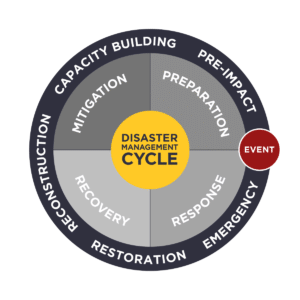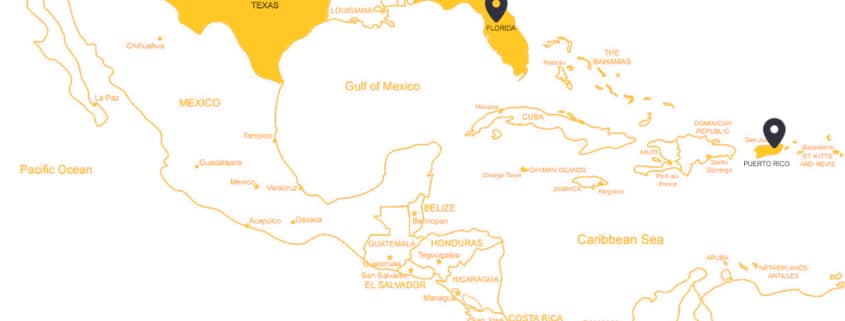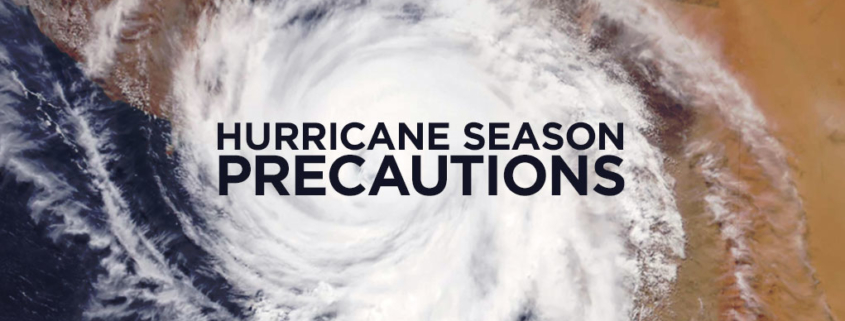Stocking up on food supplies, buying generators, and keeping boxes full of batteries are all good measurements to prepare for extreme weather. This is especially relevant for the East Coast and the Caribbean, as we still have a few more weeks of the hurricane season. We are not completely out of the woods yet. Extreme weather conditions are a critical factor that construction companies should consider when planning the building design of structures. Why? Because preparation alone does not suffice. Read on to see the importance of having a building design that takes into account the impacts of winter, earthquakes, and other extreme weather conditions.
Keeping Up with Technology
Engineers at Berkeley National Laboratory developed an optical sensor that determines a building’s stability. This system accurately measures the inter-story drift of a building post-earthquake. This advancement could significantly help government buildings, hospitals, and businesses have the information they need to safely remain open in the event of a natural disaster.
The same goes for the East Coast and the Caribbean. With hurricane season, infrastructure suffers the most. So, communities must plan for extreme weather future events. For instance, after Hurricane Maria, Puerto Rico received five Liberty Bridges. Although no one expected the island to suffer such destruction, U.S. Bridge had solutions to quickly respond to the emergency. These bridges provided relief, as they were emergency bridges that are also permanent. As natural disasters continue to occur, construction companies need to be prepared and make improvements in structure design.
Structural Engineering
The stability of a structure is threatened not only from motion generated from the earth, but in its essential design. In other words, this stability depends on sound structural engineering. Also, for structures to maintain stable performance with climate and moisture variables its design and materials are the key factors. There are many communities focusing on new construction that prioritizes durability, sustainability, and mold resistance. This is especially true for places like the East Coast and Caribbean islands, who are under hurricane threats annually.
Extreme Weather Preparedness
It is needless to say that construction must account for extreme weather. However, there is more that goes into this. Communities and construction organizations must have a preparedness guide in place. A lack of preparation can lead to property damage, loss, injury, and even death. Unlike buildings, bridges must continue to serve transportation needs prior to and during extreme weather conditions. Studies show that 40% of bridges in the United States are 50 or more years old. In other words, these bridges were designed and built during a time where weather was not as violent as it is today. Rather than restoring our bridges, construction companies need to enhance their structures. This means improving the way bridges handle wind, precipitation, and heat conditions. Construction companies can start by:
- Widening drainage areas
- Adding early warning systems
- Installing computerized signage
- Raising bridge profiles to allow water and debris to pass under structures
- Strengthening bridge foundation elements to withstand water flowing at fast speeds
- Taking advantage of modern materials designed to withstand extreme conditions
Natural Disaster Relief
Besides taking precautions for sound structural engineering, there are options to support infrastructure. President Donald Trump signed a $19 billion natural disaster relief and recovery bill for infrastructure repair and replacement. $3.3 billion will go to the Army Corps of Engineers to repair damage caused by natural disasters during the last three years, which includes investing in resiliency and flood protection projects. The bill also provides $1.6 billion for post-disaster road and bridge repairs through the Federal Highway Administration’s Emergency Relief Fund. This will help construction companies stay on track after extreme weather property damage.
Weather the Storm with U.S. Bridge
U.S. Bridge focuses on strengthening infrastructure and bridge repair to connect communities. Our bridges are long-lasting and safe, making transportation possible for people everywhere. Our bridge engineers meet the safety needs and design requirements to ensure durable quality prefabricated bridges. Get a quote online or visit our website for more information from our bridge experts.





